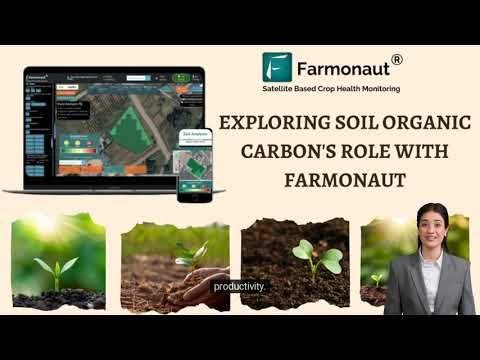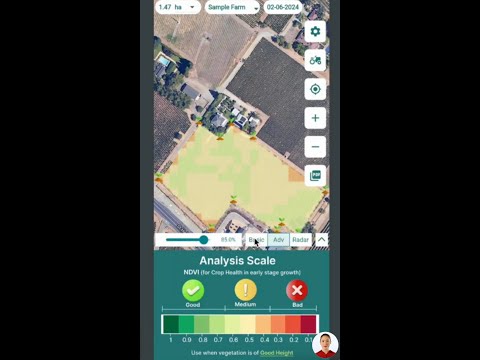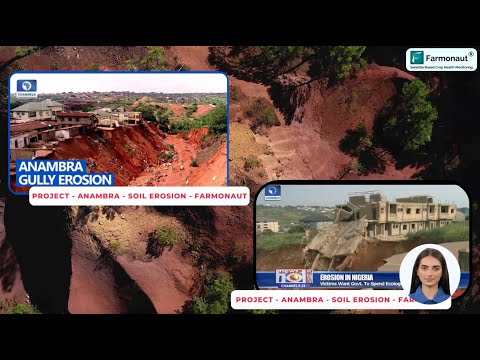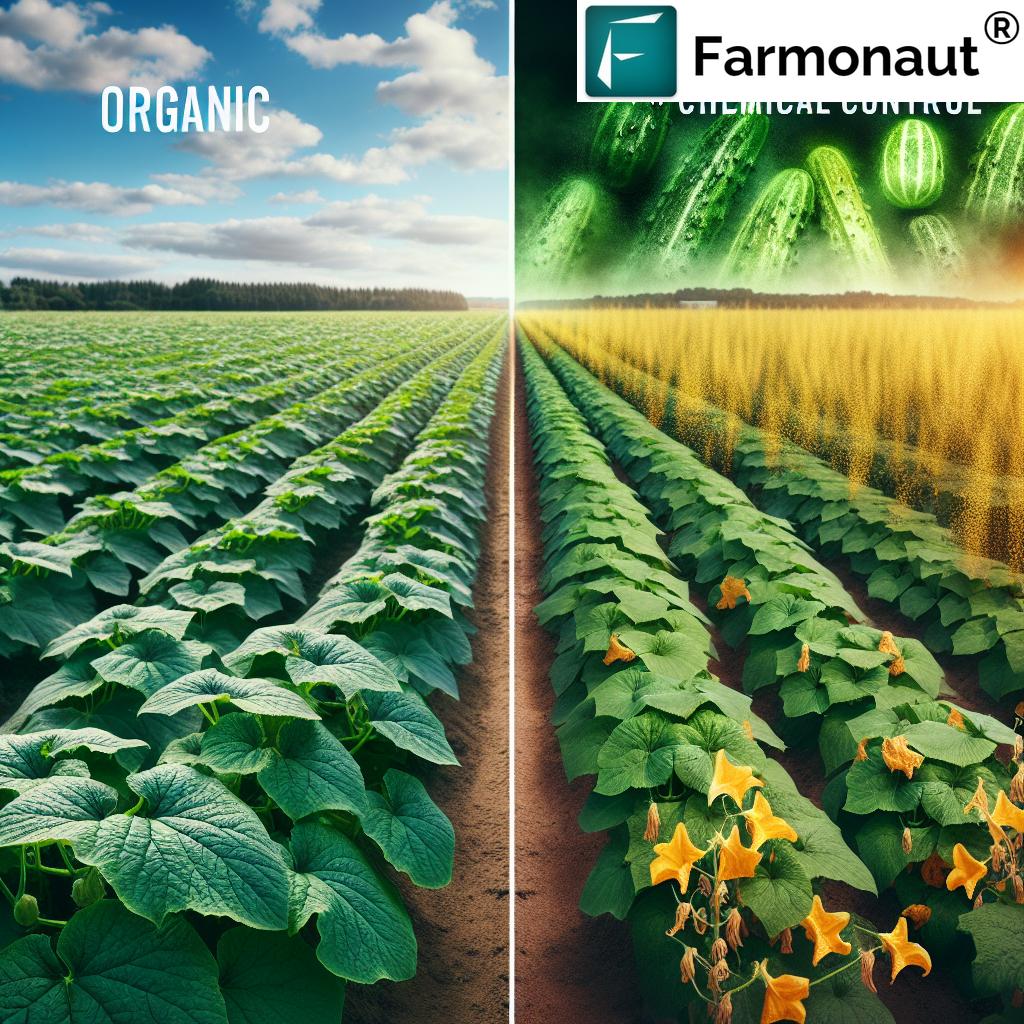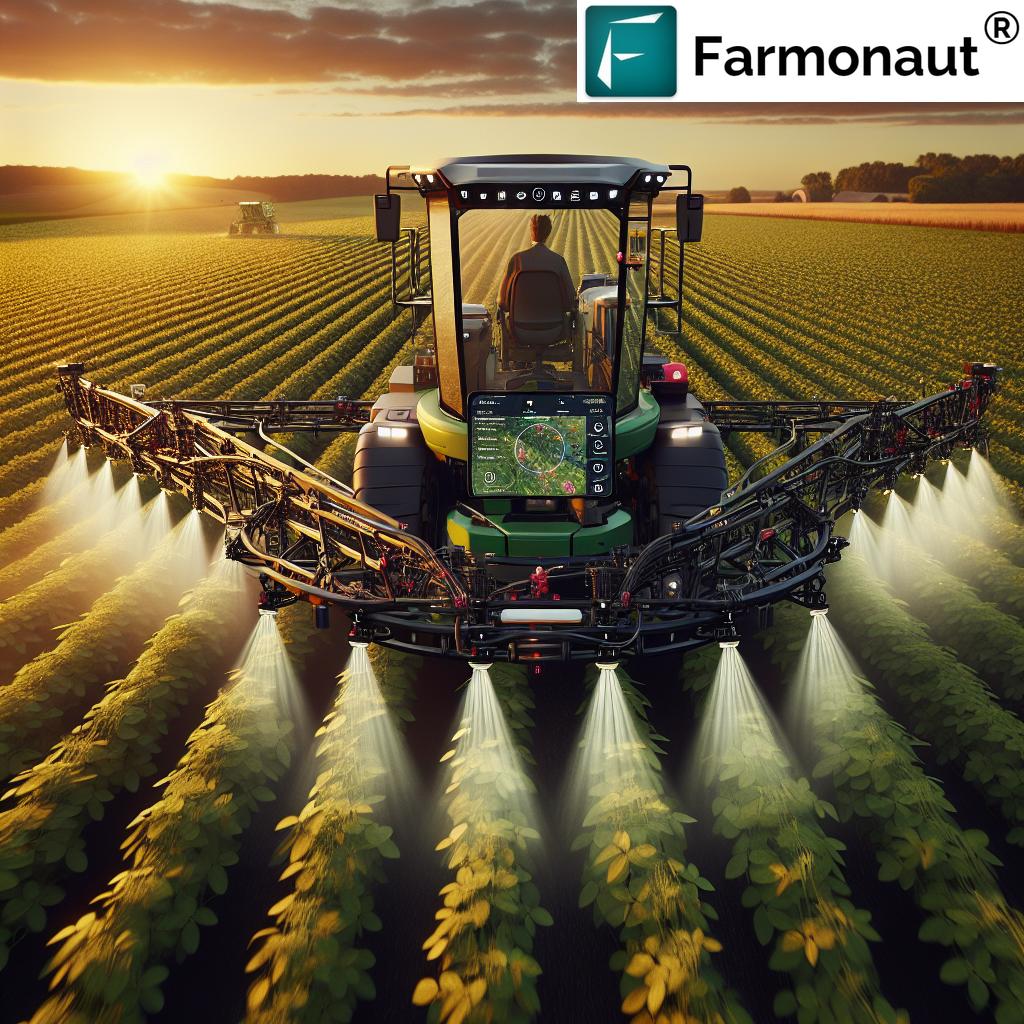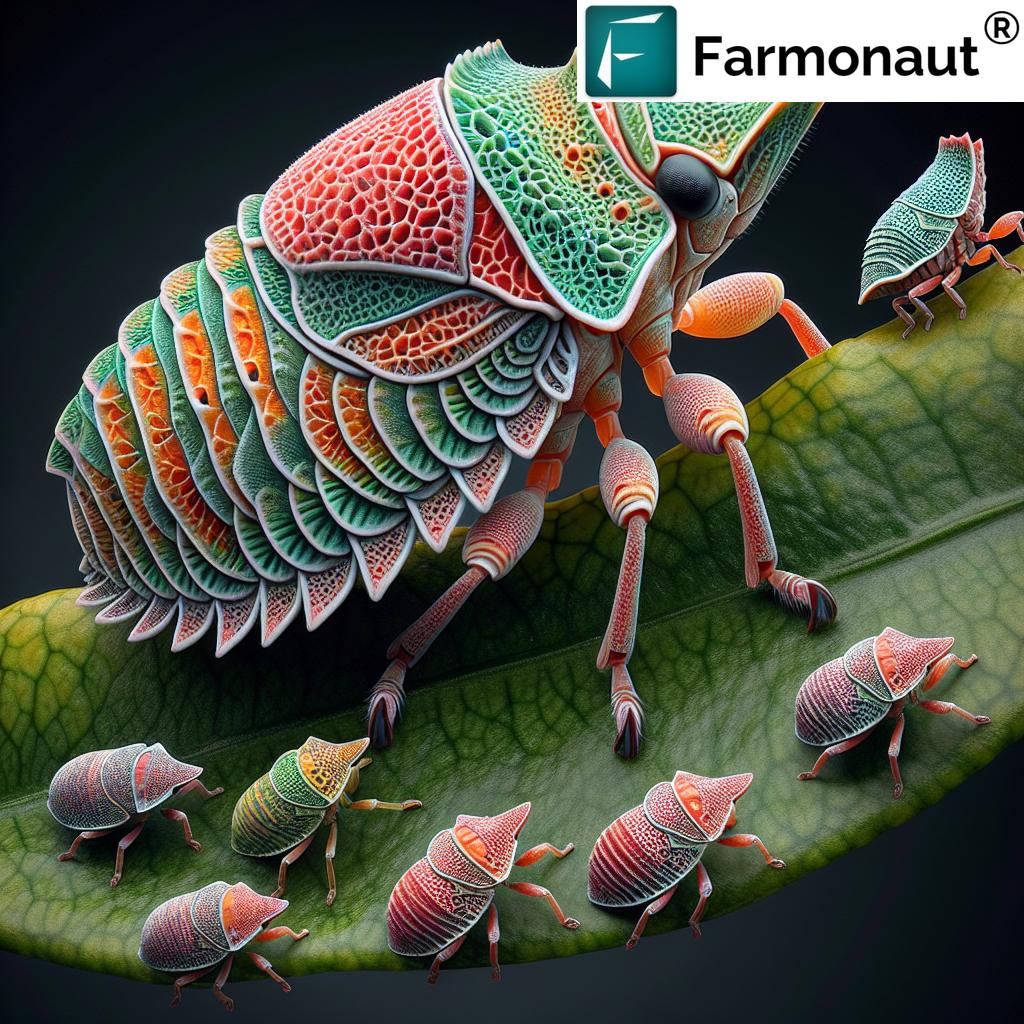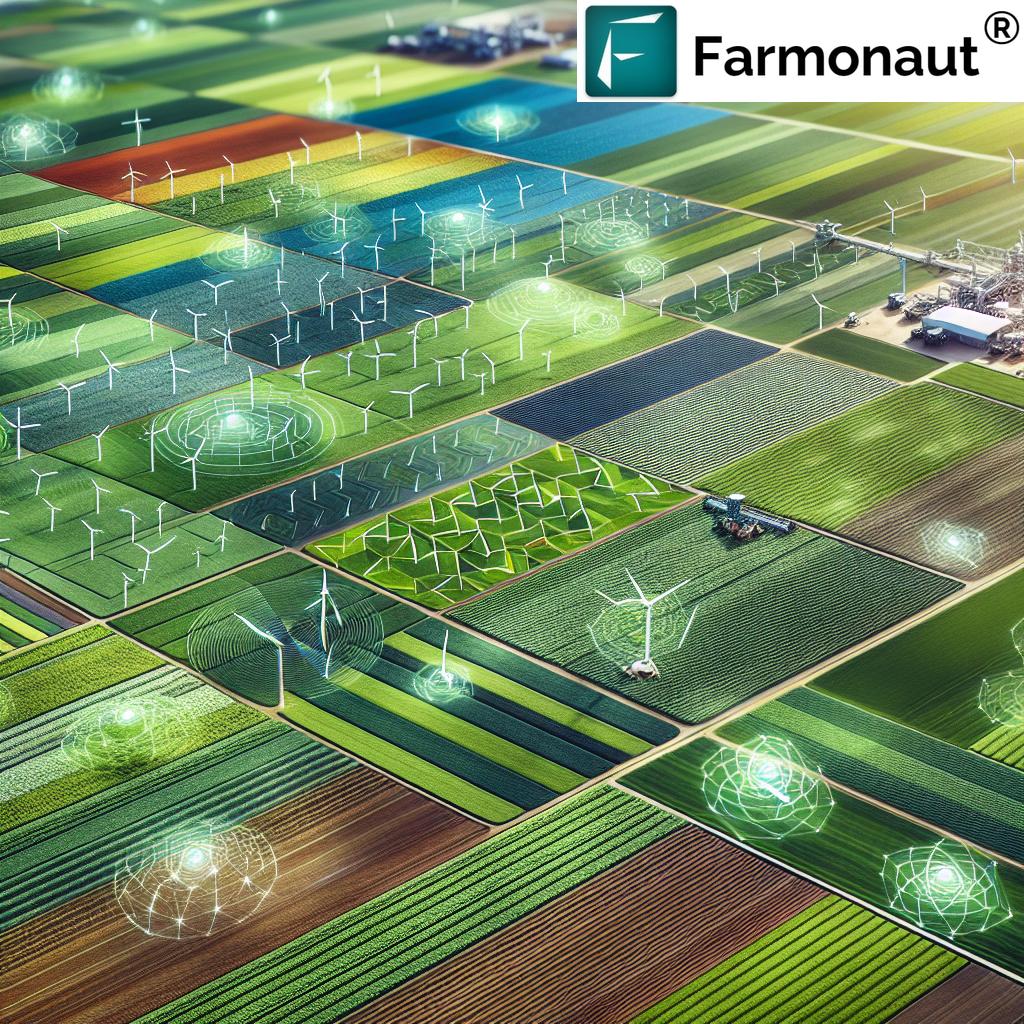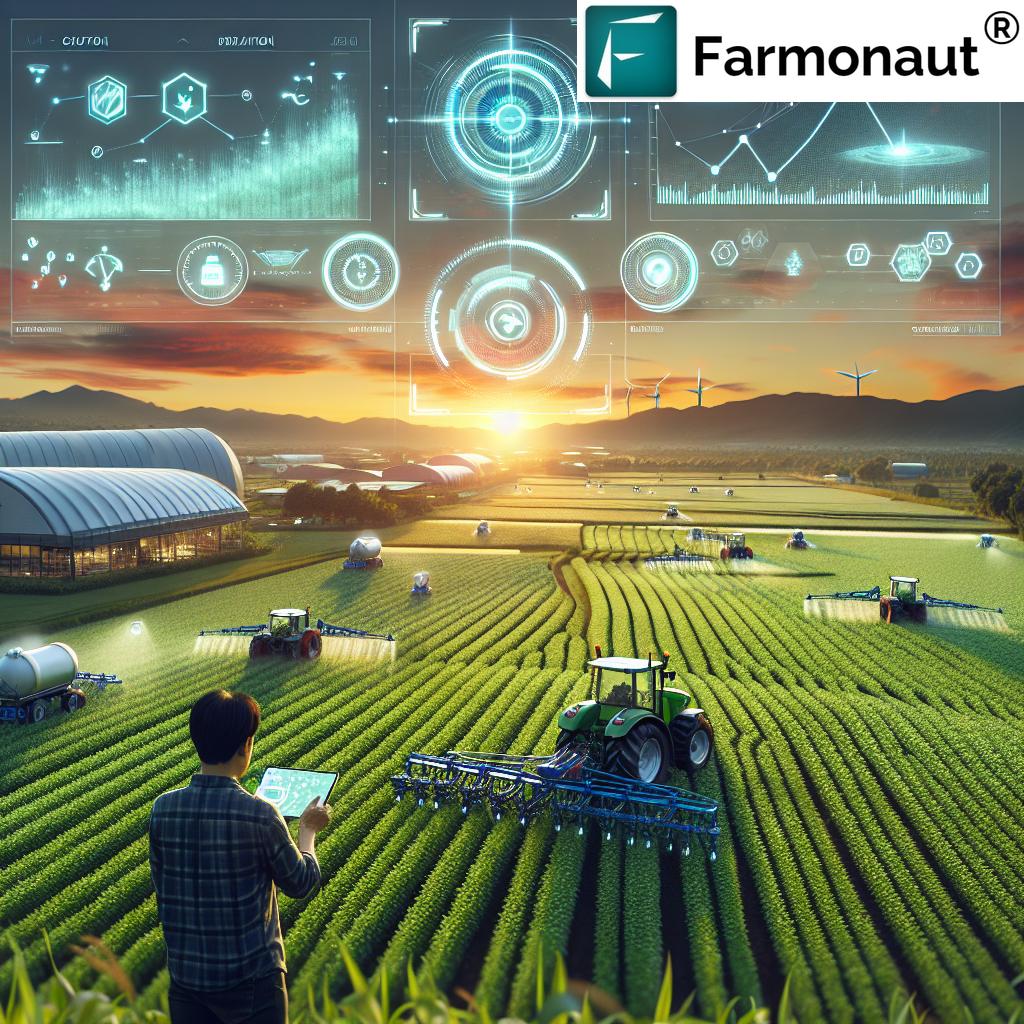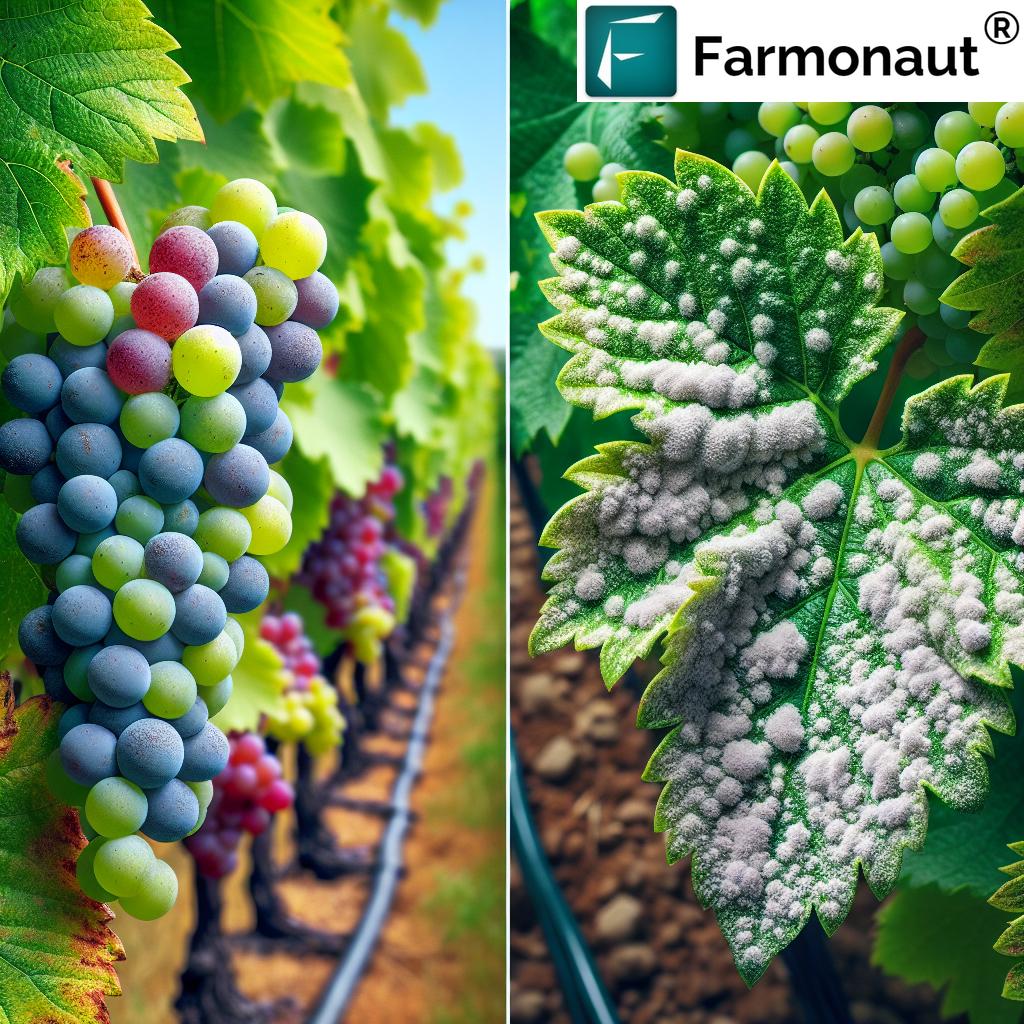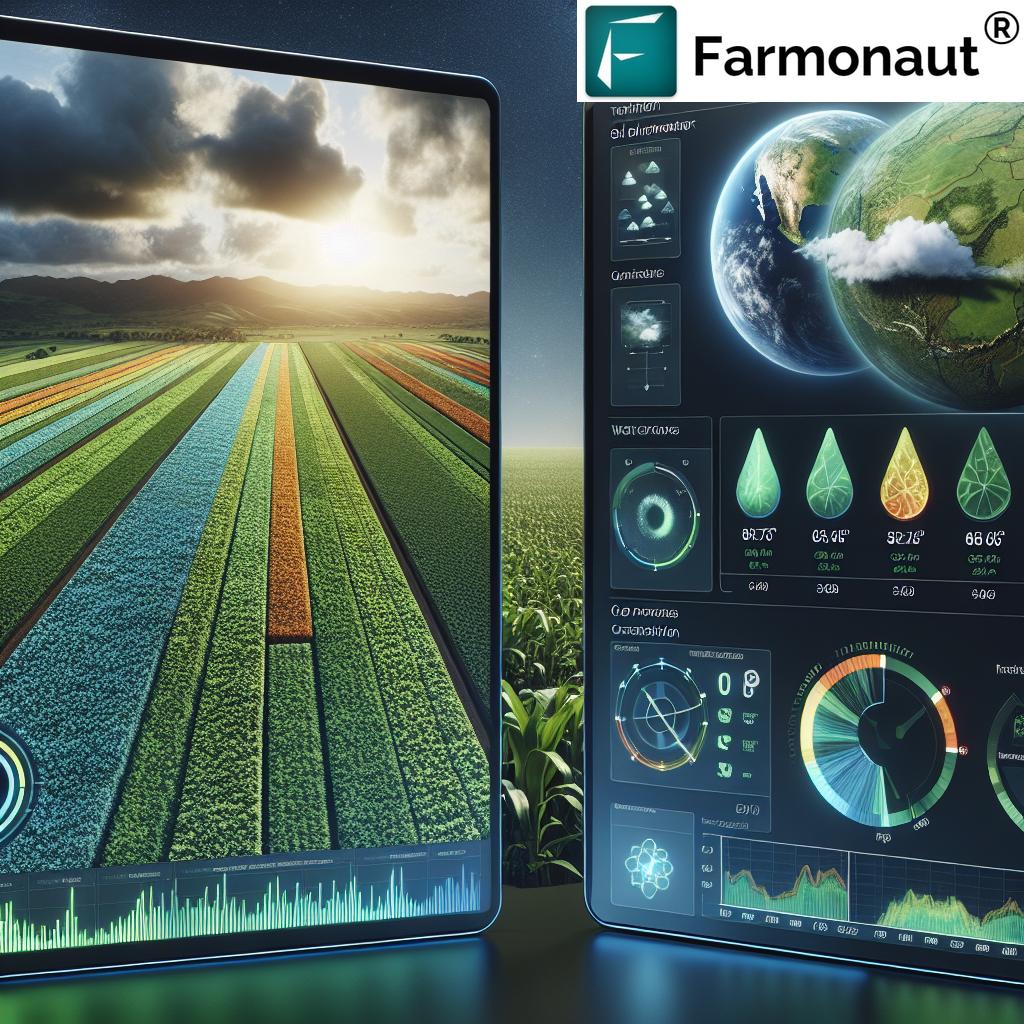Agriculture Testing: 7 Shocking Secrets to Boost Yield
Table of Contents
- Introduction
- Trivia: Soil Health & Yield
- Secret 1: The Power of Soil Health Testing
- Secret 2: Mastery through Plant Nutrient Analysis
- Secret 3: Seed Quality Assessment for Vigorous Crops
- Secret 4: Non-Destructive Testing in Agriculture
- Secret 5: Nanotechnology in Farming
- Secret 6: Innovations with Precision Agriculture Technologies
- Trivia: Precision Agriculture Technologies
- Secret 7: Integrated Sustainable Farming Practices
- Comparative Benefit Table of Agricultural Testing Methods
- Farmonaut Edge: Technology-Driven Crop Yield Optimization
- FAQ: Agricultural Testing for Yield & Sustainability
- Conclusion & Next Steps
Introduction to Agricultural Testing: Seeds, Soil, Technology, and Yields
Welcome to the future of agriculture testing, where soil health testing, plant nutrient analysis, and precision agriculture technologies converge to revolutionize yield potential and sustainability. As farmers, agribusinesses, or researchers, we all strive for greener fields, more abundant harvests, and environmentally mindful practices. But what if we revealed that the secrets to achieving these goals are already within reach, waiting to be unlocked through advanced analytical methods, the latest technology, and data-driven insights?
In this comprehensive guide, we uncover the 7 shocking secrets that empower sustainable farming, optimal crop yield optimization, and resource management. Dive with us into the world of agricultural testing methods, where science, technology, and innovation work together for the success of every field.
“Soil health testing can increase crop yields by up to 30% through precise nutrient management and targeted interventions.”
Secret 1: The Power of Soil Health Testing
It’s no exaggeration to say that soil health is the very foundation of sustainable agriculture. Regular soil health testing allows us to assess key attributes such as nutrient levels, pH, salinity, organic matter, and overall soil structure, helping to determine current fertility and make informed decisions for future crop management.
Why Soil Health Testing Matters in Crop Yield Optimization
By understanding our soil’s composition and nutrient availability, we can tailor fertilization, irrigation, and amendment strategies to our field’s exact needs. This targeted approach not only increases yield but also reduces unnecessary input costs and environmental impact.
Types of Soil Tests for Maximum Impact
- Soil Acidity (pH) Test: Soil pH determines whether soils are acidic, neutral, or alkaline, directly impacting nutrient uptake in plants. Testing pH allows the proper application of lime or sulfur to adjust soil acidity—essential for optimal growth. (More on pH testing)
- Soil Salinity Test: High salinity disrupts water uptake and causes plant stress. We measure electrical conductivity (EC) for insight and devise irrigation strategies to mitigate osmotic stress. (More on salinity and EC)
- Nutrient Analysis: Using chemical extraction methods like Bray-P1 or Mehlich-3, we assess phosphorus availability, while ammonium acetate extraction is used for potassium, calcium, and magnesium. These tests allow precise nutrient management. (Full breakdown of nutrient extraction)
Emerging Technologies in Soil Health Testing
- Mobile Soil Analysis: Innovative colorimetric sensors—paired with mobile phones and AI—enable rapid, on-site soil pH testing, making precision farming truly accessible. (Learn how mobile soil analysis works)
- Robotic Soil Measurements: Semi-autonomous robots with electromagnetic sensors can take comprehensive soil EC measurements across entire fields, saving time and labor. (Robotic soil EC explained)
For those managing farm operations at scale, leveraging these innovations means more accurate and cost-effective soil assessments—whether via handheld devices, field-mounted platforms, or Farmonaut’s large-scale farm management solutions. These farm management systems are particularly suited for agribusinesses, cooperatives, and governments who want an integrated, technology-driven overview of thousands of hectares.
Secret 2: Mastery through Plant Nutrient Analysis
Our crops are only as healthy as the nutrients they absorb. Plant nutrient analysis—performed via plant tissue testing—provides real-time insights into the nutritional status of our growing crops. Through regular monitoring, we can diagnose deficiencies or excesses in key elements like nitrogen, phosphorus, and potassium.
This approach creates a feedback loop: we run a test, assess plant content, adjust fertilization or foliar feed, and repeat. This method ensures that available nutrients match crop demand as seasons progress, supporting both optimal growth and sustainable practices.
Key Plant Tissue Testing Methods
- Nitrogen Monitoring: Nitrogen is crucial for photosynthetic activity. Periodic tissue tests safeguard against shortages and guide us to avoid environmentally harmful over-fertilization (More on nitrogen monitoring).
- Non-Destructive Testing: Tools such as chlorophyll fluorometry and portable optical sensors assess plant stress and nutrient status instantly—no harm to the plant, just pure, actionable data. These methods also support irrigation and disease intervention decisions.
Advancements in technology now allow us to integrate plant tissue testing within mobile platforms and satellite-based advisory systems for precise, field-wide management. This empowers us to respond in real-time to changing plant nutritional needs.
Secret 3: Seed Quality Assessment for Vigorous Crops
We all know that the quality of our seed can make or break a season. Seed quality assessment uses analytical testing methods—from lab-based germination and viability checks to purity analysis—to ensure that every seed sown has the best chance of producing a robust plant.
Common Seed Testing Types & Their Benefits
- Germination Test: Reports the percentage of seeds that sprout, helping us select the highest-performing lots and establish accurate seeding rates.
Example: If only 85% of a batch passes a germination test, we can compensate with higher seeding density or select a better seed lot.
Seed germination explained. - Viability Test (Tetrazolium Chloride – TZ): Rapidly distinguishes between living and dead tissues in seeds by staining. This quick test supports timely planting decisions, especially for expensive or limited seeds.
More about viability tests. - Purity Test: Ensures seed lots contain mainly the crop of interest, without excessive weed seeds or inert matter. High seed purity increases marketability and reduces field weed pressure.
Seed purity testing resources.
For farms selling seeds, the International Seed Testing Association (ISTA) provides global standards to ensure uniformity and reliability in results—crucial for local and international distribution.
Through robust product traceability solutions, such as Farmonaut’s blockchain integration, transparency in seed sourcing, handling, and distribution is fully enhanced, which is essential for seed companies and buyers demanding proof of origin and handling.

Explore Farmonaut’s Product Traceability Features →
Secret 4: Non-Destructive Testing in Agriculture Delivers Quality WITHOUT Compromise
What if we could inspect quality without sacrificing any product? Non-destructive testing in agriculture empowers us to analyze produce, seeds, and plants in ways that preserve their value and marketability.
Key Non-Destructive Methods & Their Agricultural Applications
- X-Ray Imaging: Detects internal defects—bruising, infestation, or hidden rot—in fruits and vegetables, helping us guarantee consistent quality for fresh produce markets. (X-ray assessment explained)
- Near-Infrared Spectroscopy (NIR): Instantly determines chemical content (moisture, ripeness, nutrient content) in seeds and harvested products during grading or processing. This supports fair pricing and consumer confidence.
About NIR in agriculture
This level of detail and precision in assessing product quality directly correlates to increased marketability and reduced loss through improved quality management and supply chain confidence.
Notably, such technologies become even more potent when coordinated within digital farm management platforms such as Farmonaut, which can provide integrated results and advisory tools across multiple points of the production chain.
Secret 5: Nanotechnology in Farming—A Quantum Leap in Agricultural Testing
The dawn of the nano era has arrived: Nanotechnology in farming introduces nanosensors with never-before-seen sensitivity and real-time feedback for environmental monitoring, pathogen detection, and nutrient analysis.
Practical Applications of Nanotechnology in Agriculture
- Soil Monitoring:
- Graphene-based nanosensors detect nitrate and phosphate levels at the molecular scale—empowering us to manage fertilizer inputs with precision and respond to soil nutrient changes quickly. (More on soil nanosensors)
- Disease Detection:
- Early warning of bacteria and plant virus outbreaks by sensing pathogen presence before symptoms appear—directly reducing potential crop losses. (Disease sensing explained)
These breakthroughs save time, labor, and agricultural products—fueling high-performance, sustainable farming practices in ways that were unimaginable just years ago.
Secret 6: Innovations with Precision Agriculture Technologies
Precision agriculture technologies revolutionize how we interact with our fields. By integrating satellite data, AI-driven advisory, and machine learning, we can perform targeted measurements, make timely decisions, and maximize returns with fewer inputs. These powerful tools not only optimize yields but are critical to environmental health and sustainable agriculture.
Components of Precision Agriculture—From Sensors to AI
-
Satellite-Based Field Analysis:
- Leverage Farmonaut’s real-time crop monitoring with NDVI and soil moisture analysis, enabling farmers to address plant stress, pest outbreaks, and irrigation needs proactively.
-
AI-Based Farm Advisory:
- Farmonaut’s Jeevn AI System interprets multispectral images, field data, and weather models to suggest precise actions—when to water, fertilize, or intervene for pest control—enhancing both yield and sustainability.
-
Resource and Fleet Management:
- Tools like Farmonaut Fleet Management ensure resources (tractors, inputs) are used optimally, lowering operational costs and supporting responsible sustainable farming practices.
-
Blockchain for Transparency and Loan Verification:
- Blockchain-based traceability and satellite-verified crop insurance reduce risk for both producers and consumers, improving access to finance and consumer trust.
The synergy of these technologies means that every seed, every drop of water, and every kilogram of fertilizer is applied with the utmost precision—leading to impressive yield increases and greener fields.
“Precision agriculture technologies have reduced fertilizer use by 20% while maintaining or improving overall farm productivity.”
Secret 7: Integrated Sustainable Farming Practices—The Final Yield Multiplier
The last and most enduring secret is integrating all of the above analytical and digital innovations to support sustainable farming practices. Regular agricultural testing—from soil health analysis to seed quality assessment—yields actionable data for ecosystem vitality and environmental balance.
Why Consistent Testing is Critical
- Crop Yield Optimization: Timely, data-driven decisions on input application, irrigation scheduling, and pest/disease control maximize both output and input efficiency.
- Sustainability: Evidence-based assessments promote sustainable practices, prevent overuse of agri-chemicals, and conserve soil, water, and biodiversity.
- Marketability: Superior quality and transparency boost trust and command premium prices—key for both smallholder and commercial growers.
Platforms like Farmonaut’s carbon footprinting allow us to track and report on environmental impact, benefiting enterprises seeking sustainability certifications, participating in carbon markets, and demonstrating accountability.
Monitor Your Farm’s Environmental Footprint →
Comparative Benefits Table of Agricultural Testing Methods
| Testing Method | Estimated Yield Improvement (%) | Sample Turnaround Time (Days) | Cost Range (USD per Sample) | Technology Innovation Level | Sustainability Impact |
|---|---|---|---|---|---|
| Soil Health Testing (pH, Salinity, Nutrient Analysis) | Up to 15% | 1-3 | 10-30 | Advanced (Mobile, Robotic) | High |
| Plant Nutrient Analysis (Tissue Testing) | Up to 12% | 0-2 (Field Devices) | 5-20 | Advanced (Non-Destructive) | High |
| Seed Quality Assessment (Germination, Purity, Viability) | Up to 8% | 2-7 | 5-25 | Basic (Lab)/Advanced (Blockchain Traceability) | Medium |
| Non-Destructive Testing (X-Ray, NIR, Optical Sensors) | Up to 5% | 0-1 | 10-50 | Advanced | High |
| Nanotechnology Sensors | Up to 10% | Real-time | 20-100 | Cutting-Edge | High |
| Precision Agriculture (Satellite + AI) | Up to 30% | Instant (Digital) | 10-70 (Subscription) | Highly Advanced | Very High |
Farmonaut Edge: Technology-Driven Crop Yield Optimization
At Farmonaut, we believe that precision agriculture technologies are not just for the few—they’re for every farmer, researcher, and agri-entrepreneur. By integrating satellite imagery, AI, blockchain, and IoT, we give you the most advanced, actionable insights into your land, soil health, crops, and supply chain—delivered through web, Android, and iOS platforms, as well as powerful APIs and developer documentation.
Our mission is to bring affordable, scalable solutions to everyone in the farming ecosystem—from smallholders to the world’s largest field operators.
- Real-time Crop Health Monitoring: Detect plant stress, pest risks, and nutrient issues at scale.
- Jeevn AI-Driven Advisory: Personalized, digital crop management strategies using your field data.
- Satellite-Based Verification for Loans & Insurance: Quickly approve financing and accurately assess damage (Explore Verified Crop Lending).
- Blockchain Traceability: Build consumer trust and trace every product to its source (Trace Products with Confidence).
- Carbon Footprinting: Quantify and reduce your environmental impact (Sustainable Agriculture Reporting).
- Fleet & Resource Management: Streamline logistics and input usage (Fleet Management Tools).
FAQ: Agricultural Testing for Yield & Sustainability
1. How often should we conduct soil health testing?
Ideally, soil health testing should be performed annually or at least at the start of each crop cycle. High-intensity systems or rapidly changing conditions may require more frequent testing.
2. What is the main benefit of plant nutrient analysis?
It enables real-time monitoring of nutrient status, helping to guide precise fertilization and maximize crop health and yield.
3. How does precision agriculture technology improve yields?
By combining satellite imagery, AI advisories, and digital field measurements, we can target interventions, efficiently use resources, and prevent stress or disease before it escalates—resulting in higher, more reliable yields.
4. Are there advantages to using blockchain traceability in seed quality assessment?
Yes—blockchain ensures every stage of the seed’s journey is transparent, verifiable, and secure, supporting both regulatory compliance and market reputability.
5. Can we access Farmonaut’s satellite data via APIs?
Absolutely. Check the Farmonaut API portal and developer documentation to integrate our data with your own management platforms.
6. What about tools for tracking environmental impact?
We offer carbon footprinting tools to help farmers and agribusinesses measure, reduce, and report on their sustainability performance.
Conclusion & Next Steps: Embracing an Analytical, Sustainable Farming Future
In this era of technology and innovation, agricultural testing methods—from soil health and plant tissue, to seed quality and nanotechnology—are catalyzing a revolution in how we manage fields, optimize yields, and ensure sustainability. By consistently applying these scientific insights and choosing the right platform, we unlock both productivity and environmental balance.
Farmonaut’s suite of satellite and AI-powered solutions ensures every farm has access to real-time, data-driven decisions without costly hardware. Whether you’re a small family grower, a regional cooperative, or an agribusiness empire, the next step is clear: let science, testing, and technology guide us toward greener, richer harvests—year after year.
Ready to revolutionize your field? Explore the Farmonaut platform across web, Android, and iOS today:
For custom integrations, API data streams, or to learn how digital agriculture can fit into your unique context, check our API access page and developer docs.
Let’s build the next generation of food security, together—with analytics, sustainability, and the best agricultural technologies at our side.


